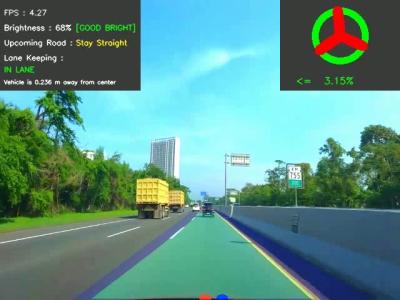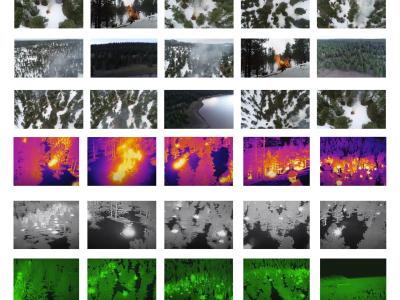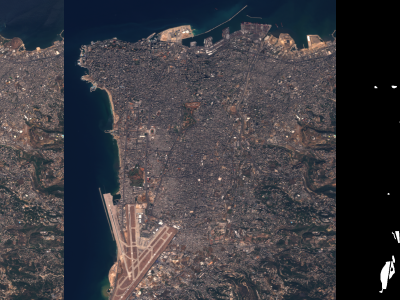Road Detection System Based On HSV Color Segmentation

- Citation Author(s):
- Submitted by:
- Heru Prambudi
- Last updated:
- DOI:
- 10.21227/z8aj-rp50
- Data Format:
 760 views
760 views
- Categories:
- Keywords:
Abstract
In recent years, the development of driver assistance technology has become a major focus in the automotive industry, particularly in enhancing road detection systems with informative features about the driving environment. These systems aim to provide navigation and improve driving safety. It is crucial for these systems to accurately recognize and understand road environments, especially marked and unmarked roads. Therefore, the objective of this research is to detect marked and unmarked roads using HSV (Hue, Saturation, Value) color space segmentation, and to produce information such as the direction of the road (straight or turning), the vehicle's position based on lane position (Center Offset), and visual warnings when the vehicle changes lanes. This system uses a single camera sensor mounted on the car's front dashboard. The proposed main method in this project involves using HSV color space segmentation to handle variations in object colors caused by camera sensor limitations. Perspective transform is then applied to change the viewpoint of an object or image, making it appear as though viewed from a specific angle. This allows the system to detect both straight and curved roads. Sliding Window is used to identify parts of the road image with lane markings (such as white or yellow lines) and those without markings. The results of this research demonstrate the system's ability to identify lane markings on marked roads and to differentiate between road areas and non-road areas. The system achieved an accuracy of 90% in tests on marked roads in clear weather and 86% in tests on unmarked roads. This system is expected to provide a solution to assist drivers and has the potential to enhance mobility in restricted access driving scenarios.
Instructions:
Please read REDME first








The work presents a novel contribution by using the HSV color space for road detection, particularly in unmarked road settings, which is underexplored in prior research. The use of perspective transformation to recognize both straight and curved highways is also notable. This research has the potential to influence the design of next-generation driver assistance systems and self-driving automobiles.
Thanks for sharing the dataset.
This research makes a significant contribution to the advancement of driver assistance technology, particularly in road detection using HSV color space segmentation. The use of a single camera sensor for both marked and unmarked road detection is an innovative approach, and the application of perspective transform effectively addresses variations in viewpoint. The system’s accuracy rates of 90% for marked roads and 86% for unmarked roads in clear weather conditions demonstrate its potential to enhance driving safety and navigation. This solution shows promise in improving mobility and safety, especially in restricted-access driving scenarios, making it a valuable addition to the field of intelligent transportation systems.
I really appreciate how this research tackles both marked and unmarked roads. In many developing countries, lane markings can be faded or nonexistent, so this system has real potential to improve safety in those regions. I wonder if it could be integrated with other driver assistance technologies, like adaptive cruise control or automated braking.